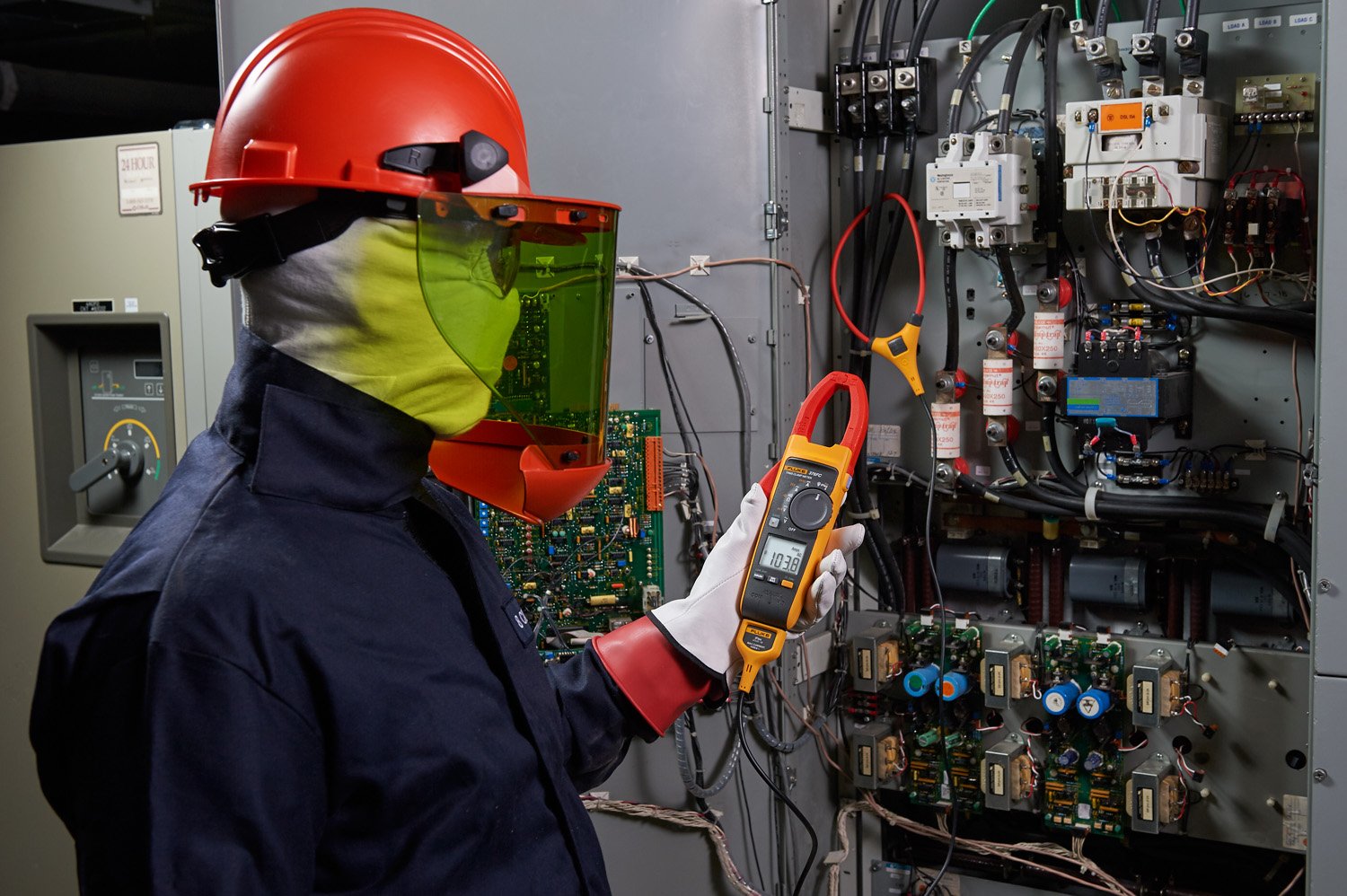What is personal protective equipment (PPE) and why is it important? Each year, The Annual Fluke Safety Survey shows a trend toward skipping wearing proper PPE because it's inconvenient. Yet, we know that PPE is really your last line of defense to remain safe in an arc flash or arc blast environment.

The United States Department of Labor's Occupational Safety and Health Administration (OSHA) and NFPA create robust guidelines and regulations around jobsite safety. NFPA 70E, the Standard for Electrical Safety in the Workplace, details the requirements and the PPE required for safe work practices. While NFPA 70E standards are not required by law, they were written to help meet the requirements that OSHA does requires by law. In order to figure out what PPE is necessary in certain environments; you need to start by conducting a hazard assessment.
What are PPE requirements?
A hazard assessment not only tells you what PPE is required for the jobsite, but it is also the first step toward developing a safety program. It should serve as your foundation for creating a safe work environment. You need to identify the potential hazards in the workplace, both physical and health related.
Potential health hazards are things like exposure to harmful dust, chemicals or radiation. Physical hazards can include a broad variety of workplace areas including, but not limited to:
- Moving objects
- Sharp edges
- Potential for falling objects
- Electrical connections
- Extreme temperatures
As you conduct a walkthrough of the jobsite, you’ll want to document every possible hazard. The information can be organized later, and the proper PPE determined to protect employees from each hazard. The jobsite should also be periodically reassessed to ensure any changes are considered, and the PPE levels set are enough.
Selecting proper PPE
Once the hazard assessment is completed, remove any hazards you can. Keep hierarchy of control’s in mind as you set up your plan. The National Institute for Occupational Safety and Health (NIOSH) ordered these controls in order from what is most effective to what is least effective in protecting workers’ safety.
- Eliminate the hazard
- Substitute less hazardous equipment or materials
- Engineer controls to reduce exposure or severity
- Warning, signs and other communications
- Administrative controls; including safe work practices
- Personal protective equipment
If you’ve gone through the hierarchy and come to PPE as the final step, come up with a list of PPE for electrical work. You should follow NFPA 70E guidelines to select the minimum PPE standards for areas you noted in the assessment. Table 130.5(C), or the Table Method of NFPA 70E helps to estimate the likelihood of an occurrence of an arc flash incident in different AC and DC systems and whether PPE should be required.
The table is a minimum requirement level. It is always a good idea to not just meet the minimum safety requirements, but to exceed standards. OSHA requires many of the PPE categories meet standards developed by the American National Standards Institute (ANSI) for these three types of PPE:
- Eye and face protections,
- Head protection and
- Foot protection.
ANSI doesn’t have a standard for gloves, but OSHA recommended the selection be based upon the tasks being performed.
PPE training
As part of OSHA’s standards, employers are required to train employees who need to wear electrical PPE about what to wear when, how to wear it correctly, properly maintain it, dispose of it, and its limitations.
Understanding the limitations of PPE is an important aspect of the training because wearing the proper protective clothing should be viewed as last line of defense in case of arc flash. PPE is not fool proof. When combined with good safety practices, PPE provides the best possible outcome in the event of an arc flash or arc blast.
Including PPE training as part of your regular safety training can also help keep all employees up to date on any changes and give you a chance to review the effectiveness of your electrical PPE measures. That safety training should make sure everyone is taking the appropriate steps to prevent arc flash incidents and minimize their occurrences. Wearing and using proper PPE needs to be one of those steps. It will reduce your injuries and could save your life.